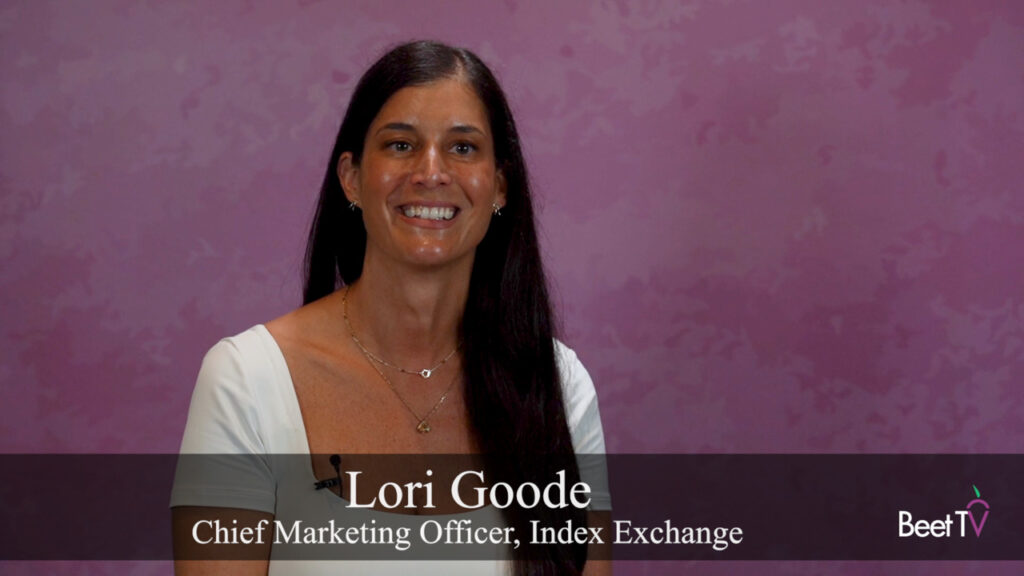CANNES — How do you push more innovative ad experiences into the most popular connected TV platform whilst also keeping viewers happy and breaking down industry silos?
Youssef Ben-Youssef, Head of Ad Platform, Roku, takes a consultative approach.
In this video interview with Beet.TV, he explains how he balances innovation and choice.
Format frenzy
Roku’s recent ad innovations include:
- Technology which will let viewers pay for a product right from a TV ad, using their remote control. Walmart is the first user.
- Dynamic linear ads.
- Brand content as ads appearing tiles in the operating system as recommended content.
- Home screen banners.
- In-stream video ads.
- Brand messages in search results.
Ben-Youssef says there is a transition from a lean-back TV experience to more engagement, including through voice, remote control and interactivity.
Don’t disrupt
In that evolution, Ben-Youssef says it is important to take Roku users along for the ride.
“We don’t want to disrupt the way someone is watching,” he says.
“We have a very good user experience at the end of the day. We want to preserve that. So any time we add new ad units or new formats, we want to make sure that actually this does not come in a way that is annoying to the end user.
“We hire a panel of our average consumers and we test all of these solutions with them and make sure that, even when the solution goes live, we receive immediate feedback.”
Ad questions
Users in Roku’s community have recently been asking questions about:
- how to hide profane, scary and sexually suggestive home screen ads.
- dynamic ad load volume.
- hiding persistent take-over ads.
- why they receive non-English ads.
Roku OS’ OTT system does not offer system-level parental controls, leaving that to individual app operators, though it does allow offer-type ads to be hidden from the home screen.
Such questions highlight the importance of securing both technical delivery and viewer safety in the new, programmatic CTV ecosystem.
Opt in for innovation
“Anything that we do on the platform, the consumer has the option to opt out,” Ben-Youssef says.
“But if you want to opt in, definitely you will receive these new, innovative ad units. You’ll be able to either buy the item or receive more information about it on your phone, et cetera.
“We have literally true representation of the US population. We can test immediately whether maybe certain folks maybe don’t want this, or maybe others are much more happy to use those features.
“We will cater and adapt obviously with the solution based on all of the signals that we get.”
Come together to solve
Roku says it secured more than $1 billion in upfront ad commitments from ad agency groups for the 2022/23 season.
The company’s platform revenue, comprised largely of ad sales, hit $673.2 million in Q2 2022 alone, up 26% – short of expectations as many scatter ad buyers paused spend recently.
Roku’s Ben-Youssef says the traditionally-fragmented connected TV ecosystem needs to come together to solve its problems. He wants both technical problems and business rules to get sorted out.
“How can we provide enough signals to that ad server, to that SSP, so that the end user is not seeing the same ad over and over again, or actually so that they have enough signals so that they can do proper measurement across different campaigns, et cetera?,” he asks.
“We are working, for example, very closely with one of the major platforms that is used by the vast majority of our publishers, today literally to resolve a lot of these issues.
You are watching ‘The Advanced TV Industry Connects’, a Beet.TV Leadership Summit at Cannes Lions 2022, presented by DIRECTV Advertising.
For more videos from this series, please visit this page.
Beet.TV is an official partner of Cannes Lions.





































